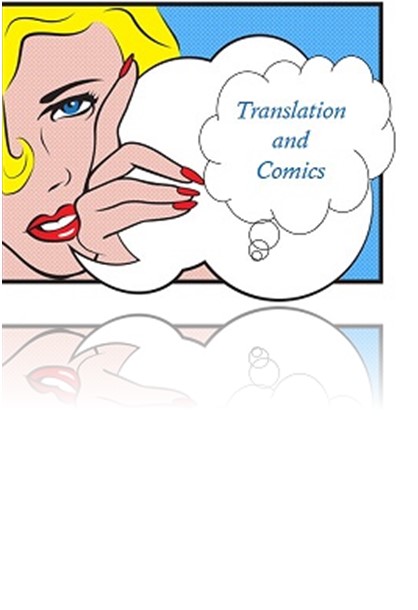THE CONCEPT OF FIDELITY IN COMICS TRANSLATION
DOI:
https://doi.org/10.21992/T9634PKeywords:
translation, comics, fidelity, faithfulnessAbstract
The long-discussed – and frequently dismissed – concept of translation faithfulness or translation fidelity, though usually applied to literary texts, has its fair share of applications when considered for comics translation. In literary translation, non-linguistic portions such as illustrations are often considered addenda or “paratexts” relative to the main, linguistic text. Comics, by its turn, present a certain set of features which single them out as a form that demands a new concept of “text” and, therefore, of translation fidelity. The comic-reading process, as pertaining to cognitive apprehension, implies interpretative accords that differ from the ones in purely linguistic texts: each and every element of the comics page – non-linguistic (mainly imagetic) signs, linguistic signs, panel borders, typography and such – are intertwined and should be perceived in regards to its spatial and topological relations. This approach to understanding comics is based on Groensteen (1999) and his concepts of arthrology, spatio-topia, page layout, breakdown and braiding. As for translation fidelity, we rely on authors such as Berman (1984), Guidere (2010) and Aubert (1993). On comics translation, Zanettin (2008), Rota (2008) and Yuste Frías (2010, 2011) are of particular interest. Based on various concepts of fidelity – supported by samples of translated comics with varied degrees of fidelity to the source text – we discuss the different grounds of source-text fidelity, target-reader fidelity and source-author fidelity in the following instances: linguistic sign fidelity, imagetic sign fidelity, spatio-topia fidelity, typographic fidelity and format fidelity.Downloads
Download data is not yet available.
Published
2016-11-22
Issue
Section
TRANSLATION STUDIES



